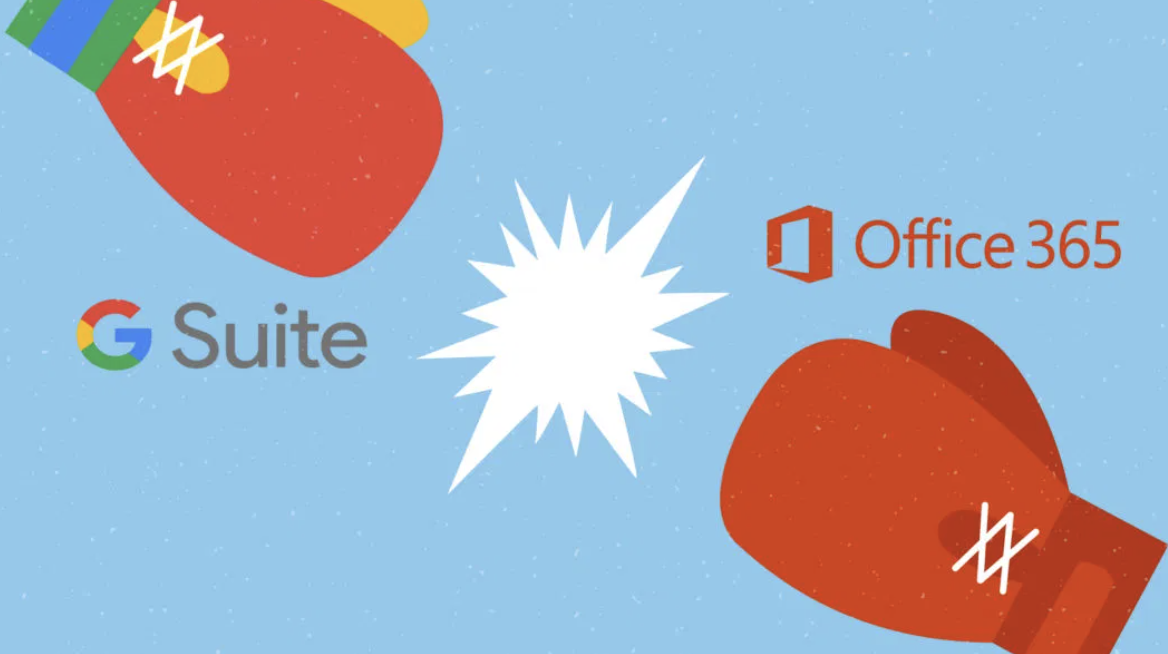
Migrating a 200-user Microsoft tenant to Google Workspace (formerly G Suite) is a complex undertaking that requires careful planning and execution. Below is a detailed technical plan that outlines the necessary steps, estimated budget, timeline, and risk mitigation strategies for a successful migration:
Pre-Migration Preparation
Assessment and Planning: Perform a thorough assessment of the current Microsoft tenant to identify data, applications, and configurations to be migrated. Develop a migration plan, outlining the timeline and responsibilities for each phase.
Backup and Data Migration: Create backups of all critical data in the Microsoft tenant to ensure data integrity and safety during the migration.
Communication: Inform all users about the upcoming migration and conduct training sessions to familiarize them with Google Workspace.
Set up Google Workspace
Google Workspace Account Creation: Create Google Workspace accounts for all users, ensuring their names and email addresses are consistent with their existing accounts.
Domain Verification and Configuration: Verify and configure the organization’s domain in Google Workspace, set up DNS records, and configure mail routing.
Security Settings: Establish security settings and permissions in Google Workspace to match the requirements of the organization.
Data Migration
Email Migration: Migrate existing emails from Microsoft Exchange to Google Workspace using Google’s migration tools or a third-party migration tool if necessary.
Calendar, Contacts, and Drive Migration: Migrate calendar events, contacts, and shared files from Microsoft to Google Workspace using appropriate migration tools.
Application and Service Migration
Document Collaboration: Migrate documents and files from Microsoft Office to Google Drive, ensuring format compatibility.
Collaboration Tools: Transition users from Microsoft Teams to Google Meet and Google Chat for communication and collaboration.
Microsoft SharePoint Migration: Migrate SharePoint data to Google Sites or other suitable platforms.
User Training and Support
User Training: Provide comprehensive training on Google Workspace features and functionalities to all users, ensuring a smooth transition.
Support Channels: Set up support channels for users to address any migration-related issues or queries.
Post-Migration Validation
Data Integrity Check: Verify data integrity and accuracy in Google Workspace after migration.
User Feedback: Gather feedback from users to identify any issues and address them promptly.
Estimated Budget
The budget for a migration of this scale may vary depending on factors such as the complexity of the existing infrastructure, the chosen migration tools, and any additional support required. An estimate of the budget should be provided by conducting a detailed assessment of these factors.
Timeline
The timeline for the migration will depend on various factors, including the volume of data, complexity of applications, and user training requirements. However, a rough estimation would be:
– Pre-Migration Preparation: 2 weeks
– Google Workspace Setup: 1 week
– Data Migration: 2-4 weeks (depending on data volume)
– Application and Service Migration: 1-2 weeks
– User Training and Support: Ongoing (concurrent with other phases)
– Post-Migration Validation: 1 week
Total Estimated Timeline: 6-10 weeks
Risk Mitigation
Data Loss or Corruption: Ensure backups of all critical data are taken before the migration. Verify data integrity post-migration and conduct comprehensive tests to identify and address any issues.
User Adoption Challenges: Plan for effective user training and support to ease the transition and reduce resistance to change.
Service Disruptions: Schedule the migration during non-critical business periods to minimize disruption. Inform users in advance about any expected downtime.
Application Compatibility: Test application compatibility with Google Workspace and identify any potential issues before the migration.
Communication and Feedback: Maintain transparent communication with users throughout the migration process and encourage them to provide feedback to address concerns proactively.
Fallback Plan: Have a fallback plan in case of any major issues during the migration, allowing you to revert to the original setup if necessary.
Remember, the success of the migration heavily relies on thorough planning, effective communication, and careful execution. It’s crucial to involve key stakeholders and seek assistance from Google Workspace experts or migration specialists if required.
Why This Plan Holds Water
I fed the above plan into ChatGPT4 and asked if it was robust, to which it I received the following response:
1. Understanding the Task: I comprehended the task’s requirements, which were to create a technical plan to migrate a 200-user Microsoft tenant to Google Workspace.
2. Drawing from Training Data: My responses are generated based on patterns and knowledge found in the data I was trained on. This includes information from technical articles, tutorials, best practices, and documentation related to cloud services, migration processes, and productivity suites.
3. Identifying Key Steps: I identified the crucial steps involved in the migration process, such as pre-migration preparation, data migration, application migration, user training, and post-migration validation.
4. Best Practices: I incorporated best practices typically followed in migration projects, such as data backups, user training, risk assessment, and fallback plans.
5. Estimations: For budget and timeline estimations, I considered common factors affecting migration projects, such as data volume, complexity, and user training needs. The provided timeline and budget are rough estimates based on typical migration scenarios.
6. Risk Mitigation: Drawing from knowledge of potential risks involved in migrations, I included mitigation strategies to address these challenges effectively.
It’s important to note that while the plan provides a general outline, the specifics of a migration project may vary depending on the unique requirements, existing infrastructure, and organizational needs. For any real-world migration, it’s crucial to engage with experienced IT professionals and conduct a comprehensive assessment to create a customized and detailed plan. Additionally, as the information in this response might be outdated beyond September 2021, it is recommended to consult more up-to-date sources for the latest practices and tools related to cloud migration.



Be the first to comment